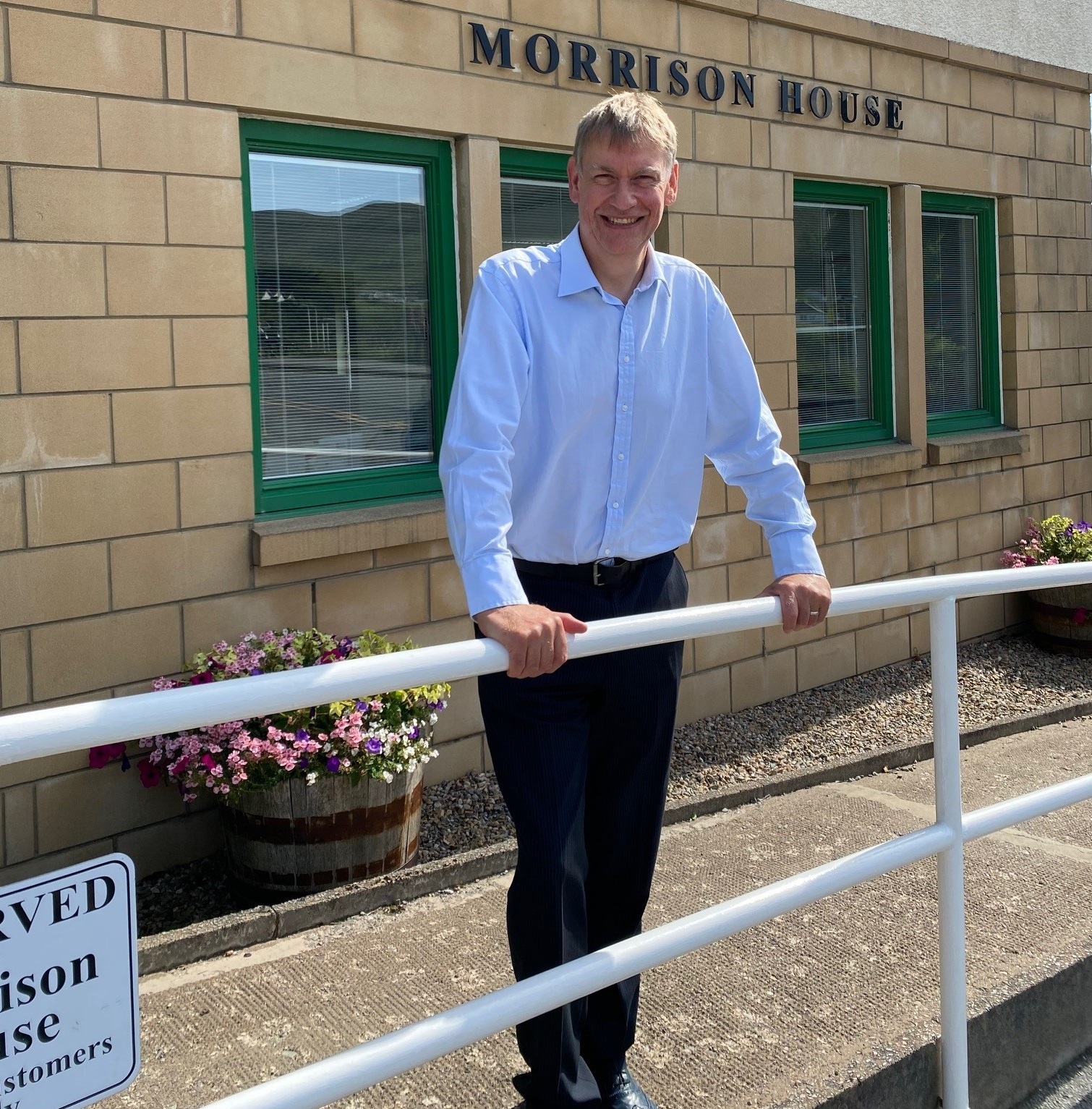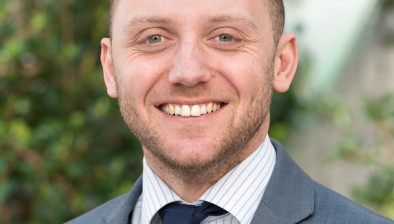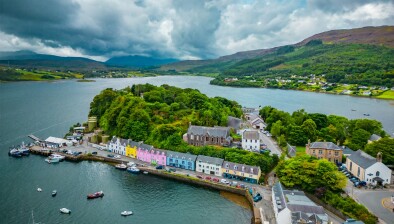Neil Clapperton: Path to vision of cheap green power for those in need is complicated
Having spent two decades trying to reduce tenant fuel poverty and make a tiny contribution to slowing the climate crisis, Lochalsh and Skye Housing Association CEO Neil Clapperton thinks he might have found a solution.

Neil Clapperton
Maitland Mackie of ice cream fame gifted me two things: two inches on my waistline; and the concept of democratising energy, marrying renewable generation with communities and local enterprise. Peppered across Scotland are wonderful examples, from Mackie’s own renewable ice cream in Aberdeenshire to Berwickshire’s housing turbine, and from Findhorn’s green village to the Knoydart Trust hydro.
I thought at the time that these would change everything, but community energy emerged in a laissez-faire environment so it is thinly and unevenly spread. Ever the optimist, I now see that innovation and changes to the energy market offer a tantalising vision of something more transformative for housing charities and people in fuel poverty. The path to a vision of cheap green power for those in need is complicated, but who knows, it may be just in time to save the planet.
So, why is it complicated? Firstly, climate crisis is pitting global needs against tenant quality of life. Gas central heating is the gold standard for tenants, so the sector has spent a decade investing in fossil fuel dependency. Scottish electricity is now low carbon but six times the cost of gas, so if we turn off the North Sea supply and switch, 2.5 million people will be added to the fuel poor, and disproportionately in Scotland. The struggle to heat our homes will get far worse. Challenge one is to get the cost of and the demand for electricity low enough to make an essential switch humane.
A number of housing associations and council housing departments across Scotland have put PV on homes to cut bills but demand is highest when the sun isn’t shining, and if a tenant works, can be of limited benefit. The solution is heat or electricity storage but that can carry a big price tag. Of course storage heating with dual tariff supply has been around for decades, but it remains expensive and does more for energy companies than consumers, who in many cases are subsidising grid management. Challenge two is finding the money for storage and designing its use for the benefit of communities and tenants.
If those were not enough, there are strategic absurdities. We have islands and mainland communities with eye-watering levels of fuel poverty sitting alongside wind farms or hydro-schemes producing virtually free energy. Adding insult to injury, the Highlands and Islands pay more for use of the national grid than any other part of Scotland or the UK. There is much hand wringing in government and the chattering classes about the parlous state of the grid and the impossibility of expanding electric heating and transport without bankrupting the state, or about individualistic versus nordic-style collective solutions.
Join the club, social landlords in Scotland face at least a £2 billion bill for improving the energy standards in their homes, and a just energy transition away from gas, and tenants will probably have to pay for it. The lord giveth and the lord taketh away. Challenge three is about designing pragmatic energy management to benefit communities, and that is affordable for the state, social landlords and their tenants.
Of course every community, every settlement, and every street will have their own unique combination of problems that resist a single solution. There are no easy answers, so challenge four is to build in flexibility to meet the needs of urban and island Scotland, of flats and houses, and all housing tenures.
So? For my next blog I will set out some interesting innovation around the use of energy, drawing on experience in communities across Scotland and ground breaking research from Glasgow to Aberdeenshire, Bristol to Orkney. I think there is a solution, or several solutions that are pragmatic and affordable, effective and transformative. The vision needs work but that is where you come in.
- Neil Clapperton is the CEO of Lochalsh and Skye Housing Association and on the board of Power Circle
This article was originally published on the CaCHE website. Views expressed by the author may not represent the views of CaCHE.









